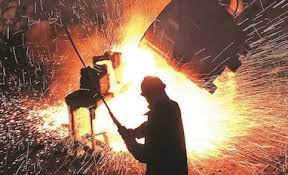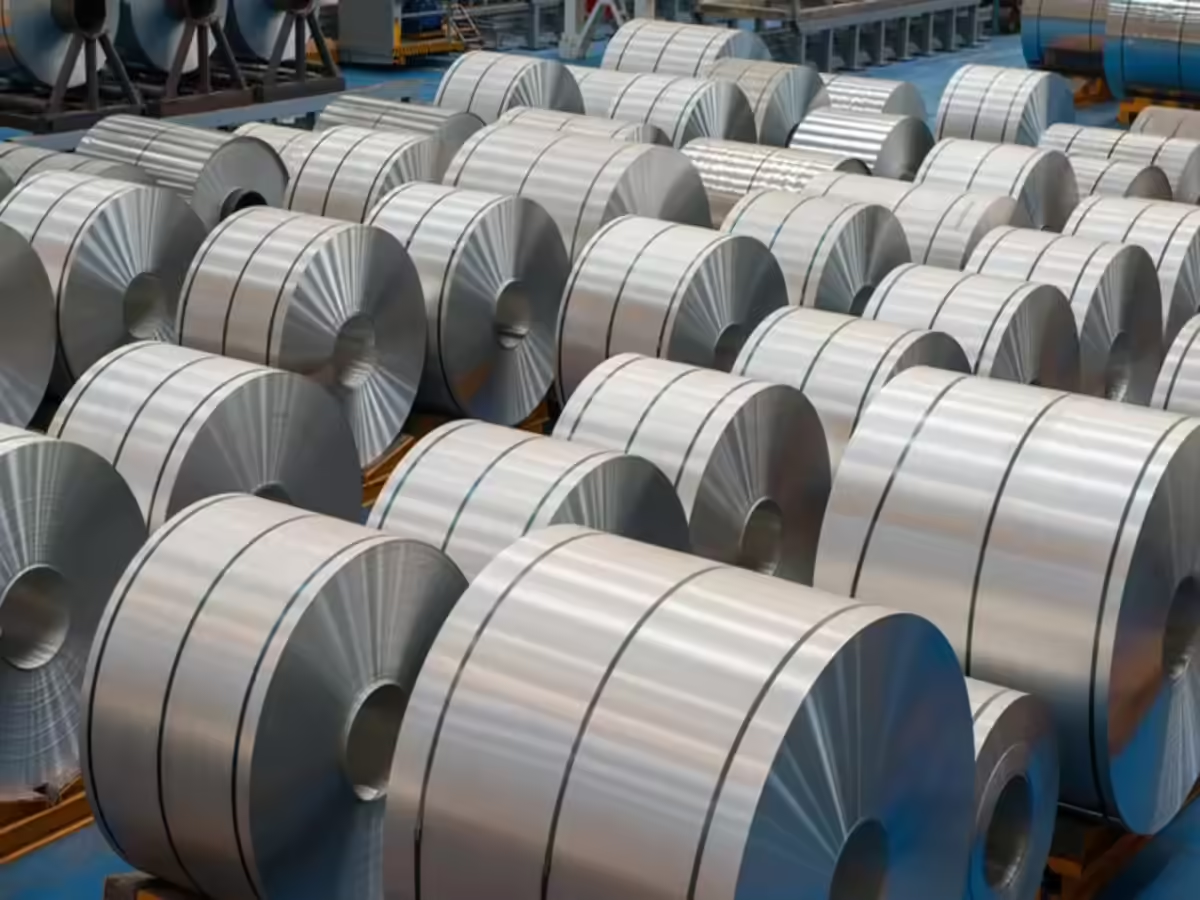metal stocks crash hit the Indian bourses on 9 July 2025, dragging iconic names like Hindustan Copper, SAIL, Tata Steel, among others, down by up to 3.5%. Investors are asking: What triggered this sharp decline? Let’s unpack the key reasons behind this sudden sell‑off.
Trump’s 50% Tariff on Copper Imports
The primary catalyst behind the metal stocks crash was the U.S. President’s surprise announcement of a 50% tariff on copper imports — effective late July or early August. Indian stocks like Hindustan Copper and Vedanta plunged nearly 3.5–4% intraday.
Global copper prices surged over 10%, only to retract slightly later. India — a major supplier of copper — faced investor panic as this tariff threatens to suppress demand from the world’s largest importer, undermining trading volumes and margins.
Fear of Escalating Trade Wars
Beyond copper, the metal stocks crash reflects broader concerns over a widening trade war. Previously, high tariffs hit steel and aluminium; now, with copper added, markets fear other metals might follow.
This downward pressure is compounded by fears that downstream industries (automotive, construction) could slash orders, sending shockwaves through caps like Tata Steel and SAIL, which both slipped up to ~2–3%.
Supply Chain & Demand Slowdown Concerns
Global supply chain disruptions and signs of weakening demand intensified concerns during this metal stocks crash. With U.S. markets already tense and China’s stimulus plans vague, weak metal demand forecasts have shaken sentiment.
Nifty Metal Index fell ~7.4% in early July’s earlier crash; today’s drop adds to that pattern.
Tata Steel’s ₹1,903 Crore Demand Notice
Contributing to Tata Steel’s weakness during this metal stocks crash was a ₹1,903 crore (₹19.03 billion) demand notice issued by Odisha’s government, alleging under-delivery from its Sukinda chromite block.
Tata Steel, already down ~1.7% earlier in the week, now faces added regulatory risk fears from investors . As a result, even with a positive stock environment, Tata underperformed peers.
Sectoral Spill‑Over and Peer Influence
During the metal stocks crash, panic selling in top-tier names spilled over to related sectors. Vedanta, NMDC, Hindalco, Hindustan Zinc, and Jindal Stainless also fell 1–3%, with SvAI and JSW Steel not far behind.
This collective tumble reflects how investors often exit metal stocks en masse during macro‑level shocks, regardless of individual fundamentals.
Reduced Trading Volumes & Low Liquidity
Rising volatility and risk aversion led to thinner trade volumes—evident in Tata Steel’s low turnover (0.5–1 mn shares vs. 1.4 mn average) . Lower liquidity amplifies price swings, intensifying the metal stocks crash.

Should You Act? Buy, Sell or Hold?
- Buy: If you believe global trade tensions ease later and India’s domestic metal demand rebounds.
- Hold: Long-term investors in Tata Steel or SAIL may regard this as a temporary market correction.
- Sell/Trim: Short-term traders may book profits or avoid exposure given ongoing tariff threats.
Balanced portfolios should consider metal stock allocations carefully until geo‑political stability returns.
Outlook Ahead
- Monitor U.S. statements on copper tariffs—especially any “reciprocal duties” expanding to other metals.
- Watch China’s industrial output and stimulus moves.
- Evaluate Tata Steel’s legal fight against Odisha’s demand notice.
Clarifying these headwinds may help metals recover — but until then, volatility will likely remain high.
Takeaway The metal stocks crash today stemmed from a mix of global trade policy shifts (copper tariffs), weakening demand outlook, and domestic regulatory concerns at Tata Steel. For retail and institutional investors, caution is warranted—especially short-term—but long-term prospects remain tied to global trade normalization and India’s infrastructure-led growth.
Defence Stocks Rally 2025: HAL and BEML Lead the Surge

